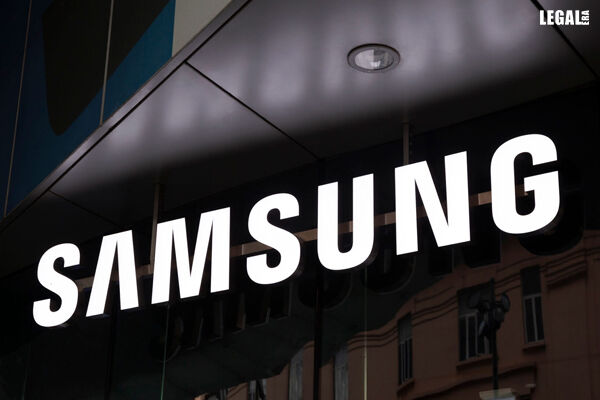
Samsung India Secures Relief from CESTAT in Lithium-Ion Battery IGST Dispute
In a noteworthy judgment offering clarity on tax classification for electronics manufacturers, the Customs, Excise & Service Tax Appellate Tribunal (CESTAT), New Delhi, has ruled in favour of Samsung India Electronics Pvt. Ltd. and others. The Tribunal held that Lithium-ion batteries imported prior to March 31, 2020, for use in the manufacture of mobile phones, are liable to 12% Integrated Goods and Services Tax (IGST) under Sl. No. 203 of Schedule II of Notification No. 01/2017-IT (Rate), dated June 28, 2017. The decision, issued via Final Order Nos. 50896-50909/2025, settles long-standing ambiguity on classification and applicable rates under the IGST framework.
Introduction
In a significant ruling impacting the electronics manufacturing sector, the CESTAT decision confirms that Lithium-ion batteries imported by mobile phone manufacturers will be subject to the concessional 12% IGST rate, rather than the higher 18% or 28% alternatives previously argued by tax authorities. This interpretation provides legal certainty on a vital component widely used across the industry.
The key issue before the Hon’ble Tribunal was whether such imports by mobile phone manufacturers attracted 12% IGST under Schedule II, or higher rates of 28% or 18%, under Sl. No. 139 of Schedule IV or Sl. No. 376AA of Schedule III, respectively.
The Assessees, including Samsung India Electronics Pvt. Ltd., argued that the Lithium-ion batteries, correctly classified under tariff item 8507 60 00, were imported specifically for use in the manufacture of mobile phones. Since the classification was undisputed, the entry under Sl. No. 203 of Schedule II applied, attracting 12% IGST.
It was further submitted that the Customs Tariff Act and the IGST Rate Notification are not entirely aligned. Therefore, reliance could not be placed on the General Rules of Interpretation (GRI) under the Customs Tariff, read with explanation (iv) of the IGST Rate Notification, to interpret the relevant entries. The Assessees emphasised the phrase “so far as may be” in the said explanation, which has been judicially interpreted to mean “to the extent possible,” limiting the applicability of GRI in IGST classification.
The Tribunal agreed, holding that IGST Rate Notifications, being taxing statutes, must be construed strictly. It observed that where there is no complete alignment between the Customs Tariff and the IGST Notification, the GRI cannot be invoked for interpretation.
Upon examining the facts, the Tribunal concluded that the Lithium-ion batteries in question were covered by the description under Sl. No. 203 of Schedule II and therefore rightly attracted 12% IGST. The Tribunal upheld the practice followed by the Assessees as valid and lawful.
The represented by Mr. B. Lakshmi Narasimhan (Advocate), along with Ms. Nupur Maheshwari, Mr. Anurag Kapur, Mr. Rohan Muralidharan, Mr. Siddhant Indrajit (Advocates), and Mr. Ashwin Sundaram (Chartered Accountant) from Lakshmikumaran and Sridharan Attorneys represented the Assessees before the Hon’ble CESTAT.
Conclusion
The CESTAT’s ruling brings much-needed clarity for manufacturers on the applicable IGST rate for Lithium-ion batteries used in mobile phone production. By affirming the 12% concessional rate, the Tribunal not only upholds the industry’s consistent tax practices but also underscores the principle that taxing statutes must be interpreted strictly, especially in cases of legislative misalignment.